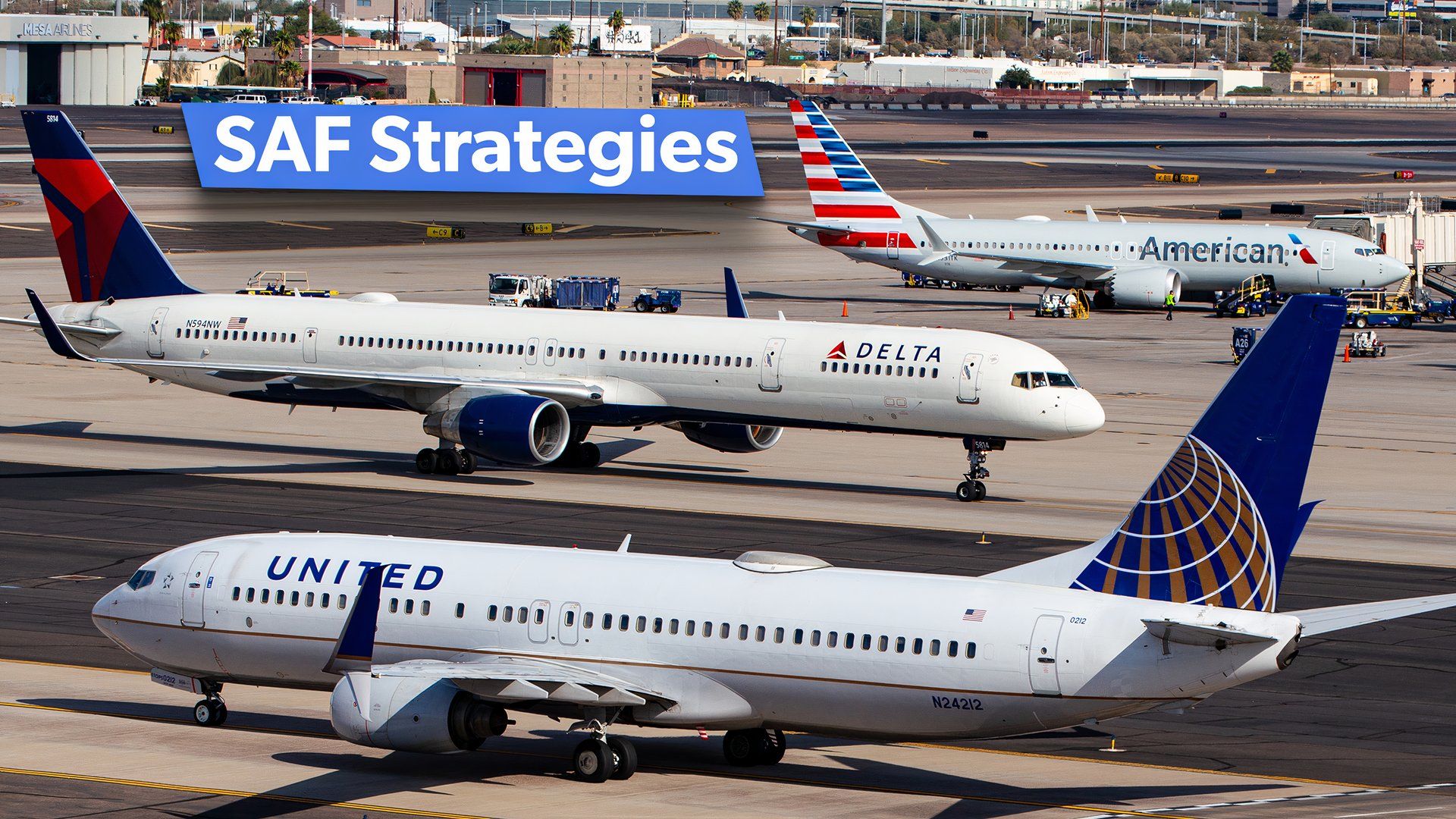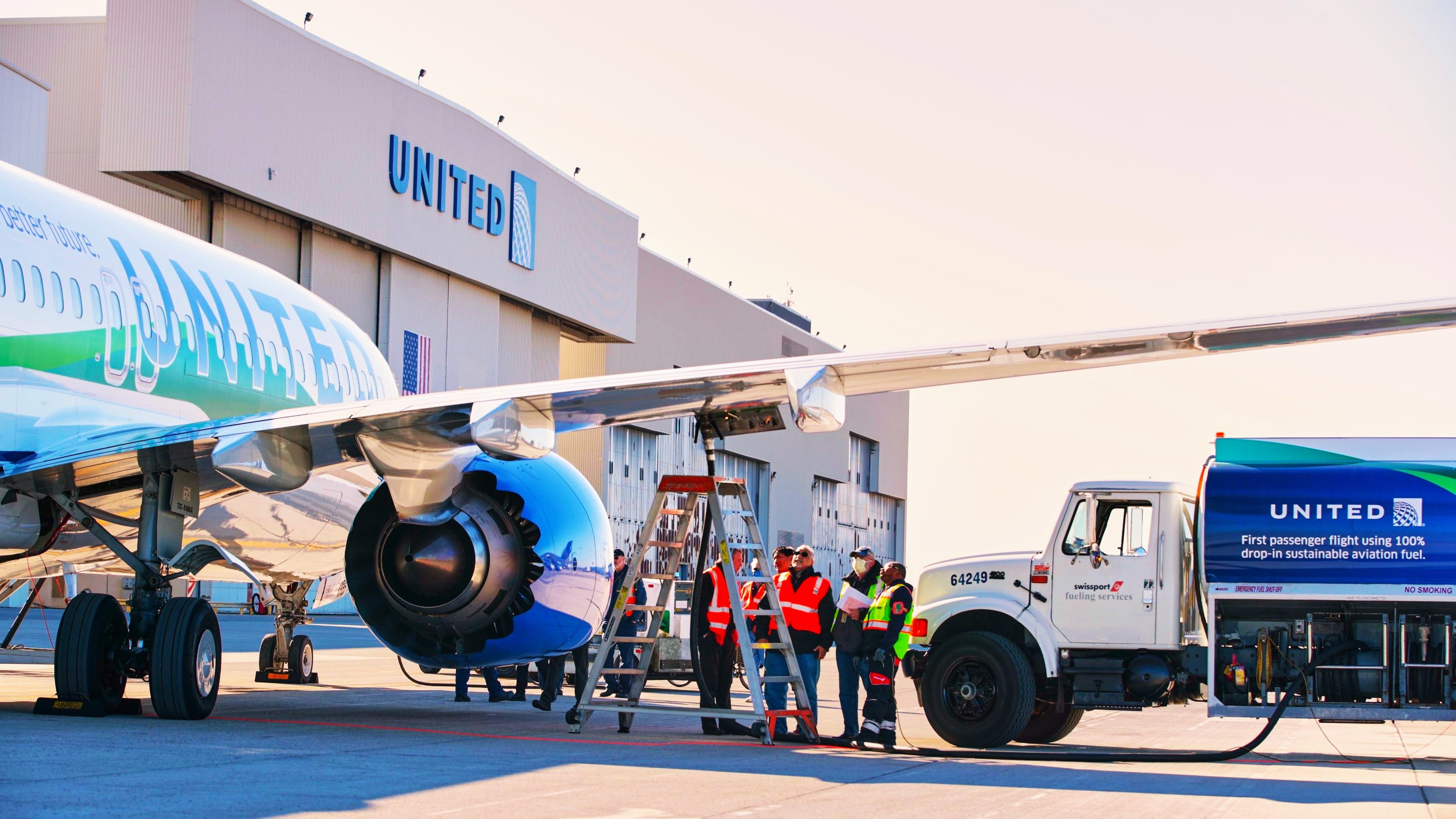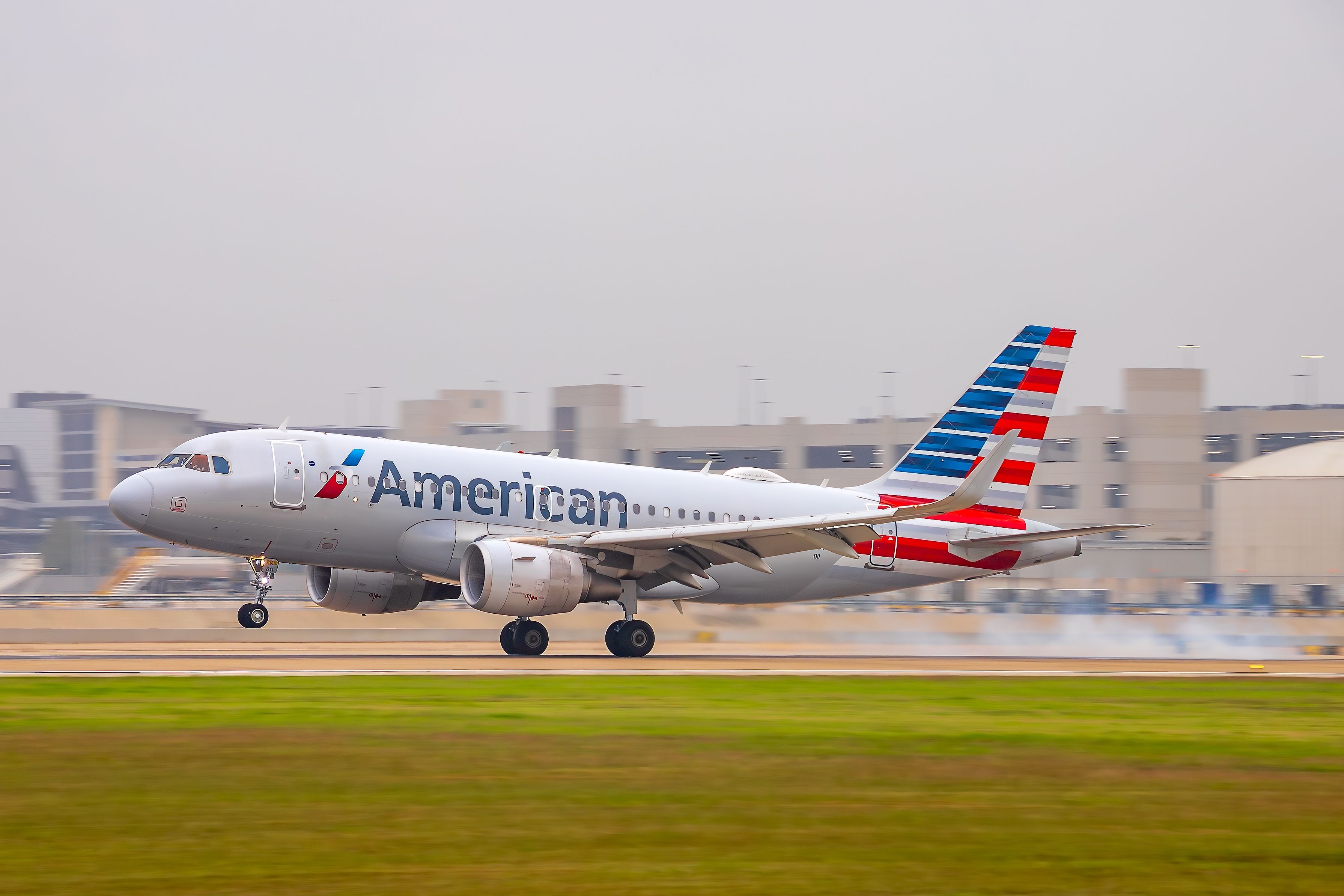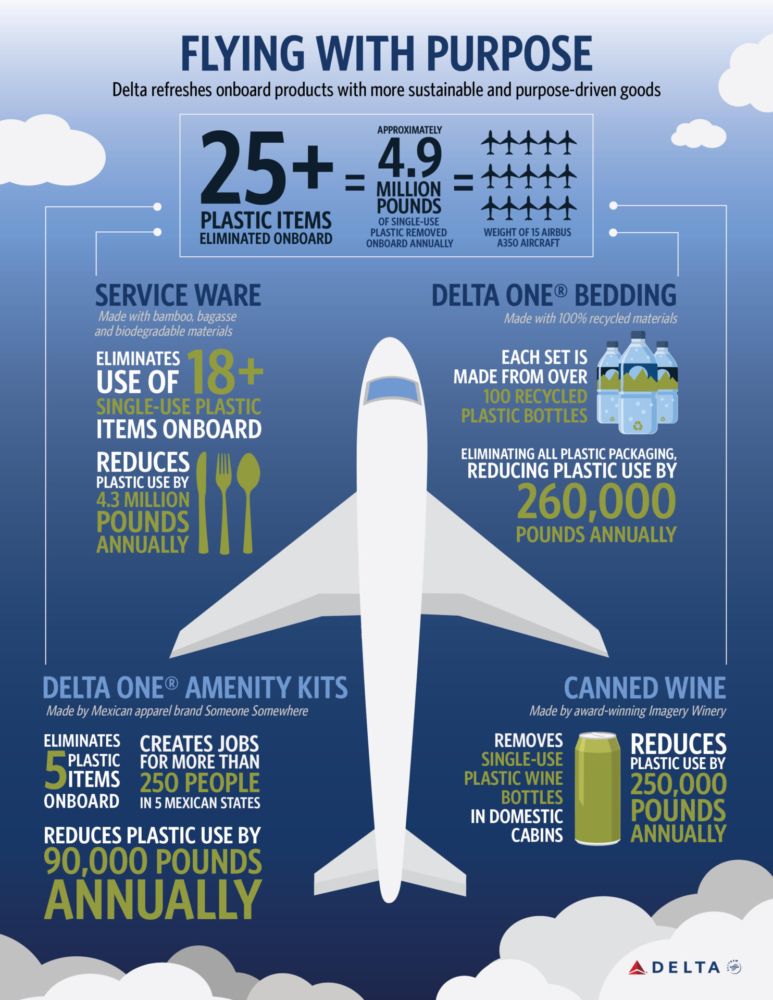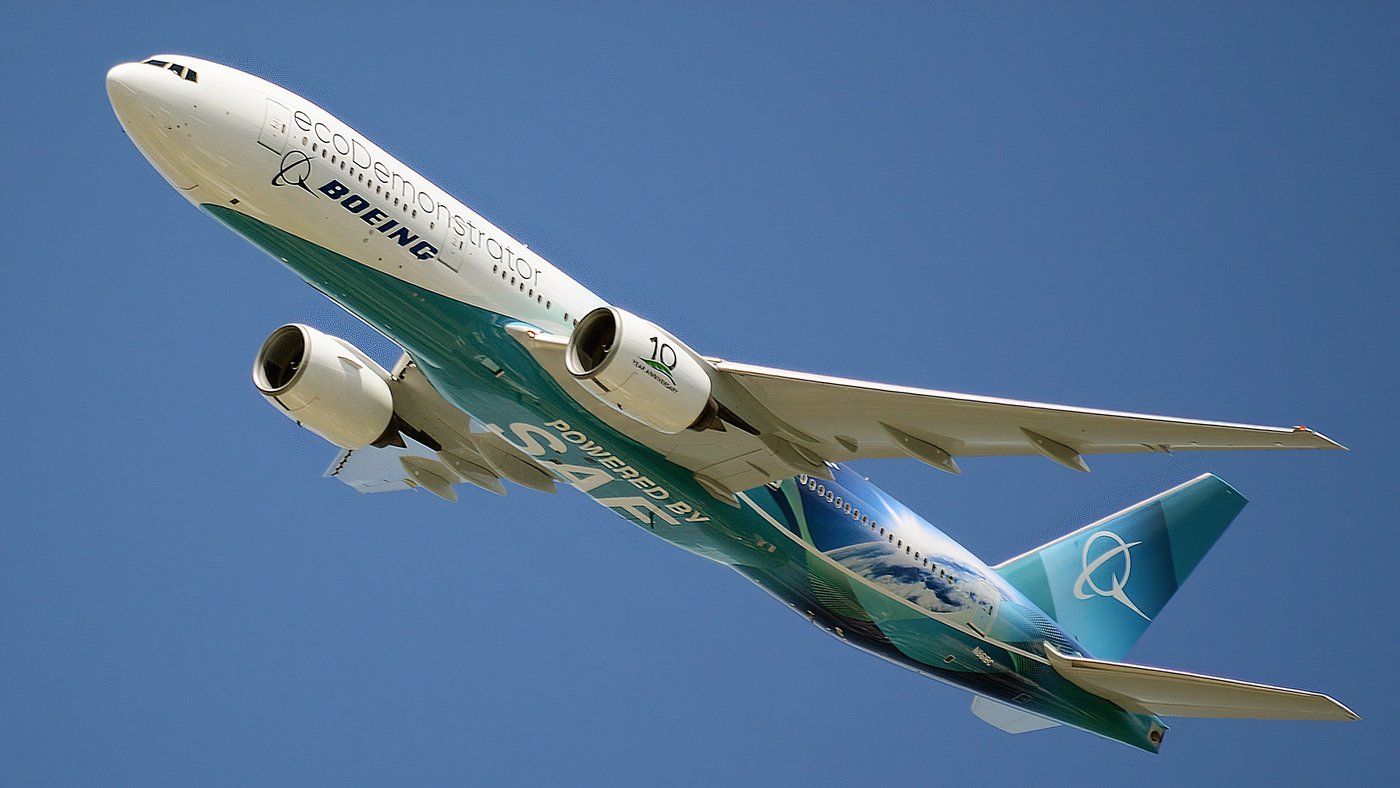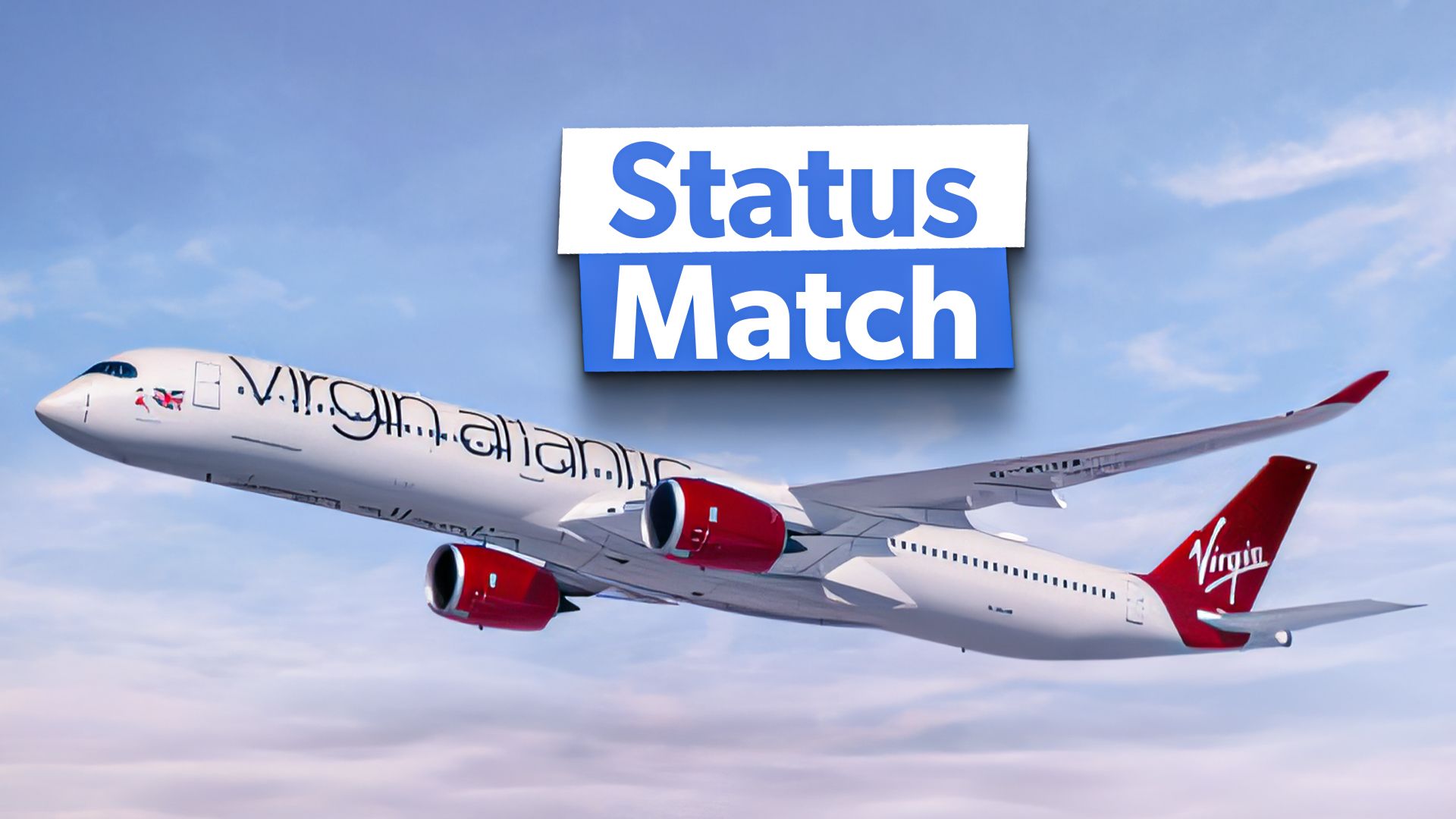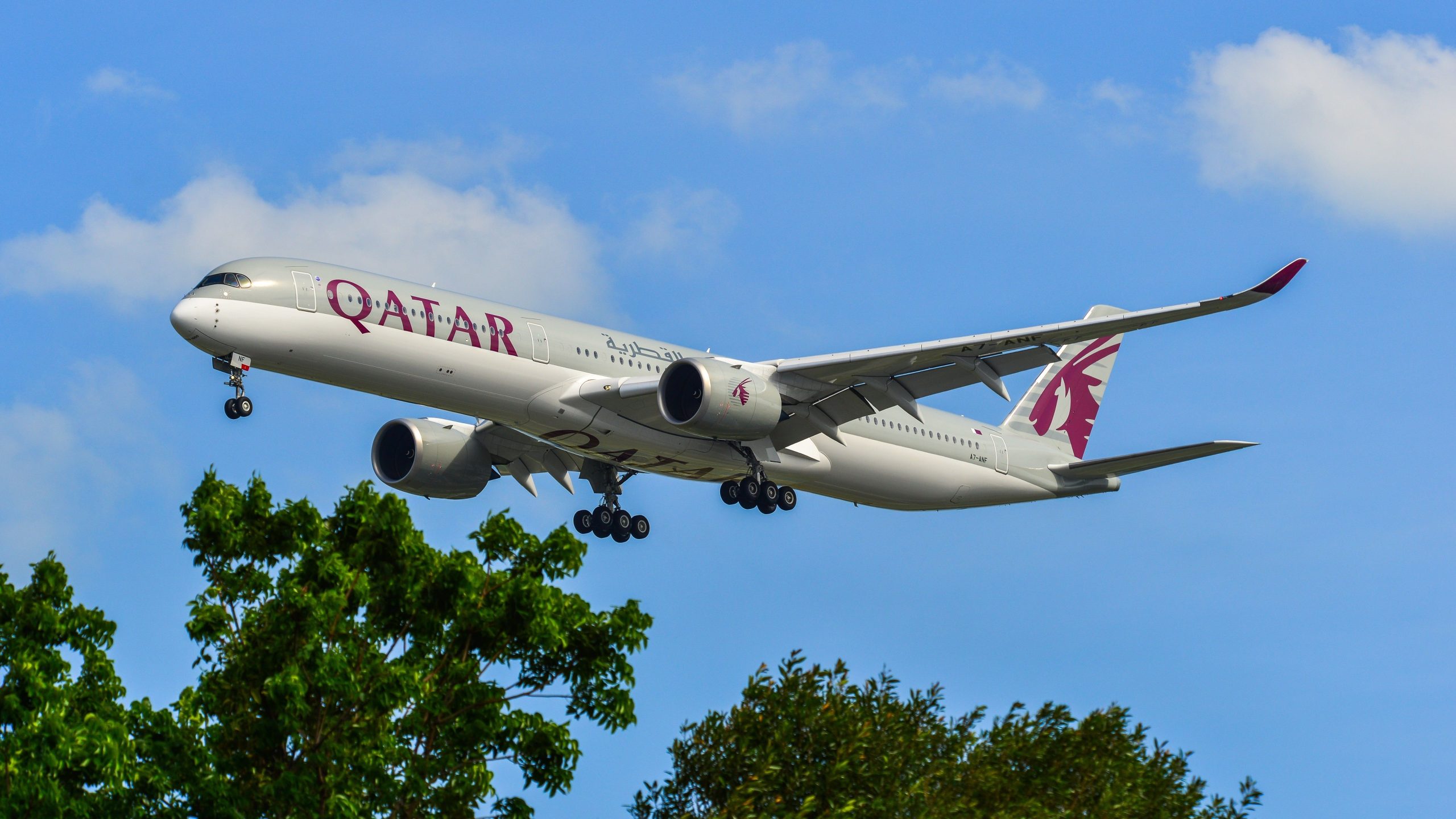Sustainability is a hot topic in our world today, especially in the aviation industry. With the fuel burn and emissions of passenger aircraft, airlines, manufacturers, and regulators are looking for ways to minimize the harm to the environment. The International Air Transport Association ( IATA
) passed a resolution in 2021, passed by member airlines, to commit to reaching net-zero emissions by 2050.
Airlines worldwide have invested millions into the purchase and generation of sustainable aviation fuels (SAF), including the ‘Big Three’ carriers in the United States (US). United Airlines even started a marketing campaign with Oscar the Grouch to promote its sustainability efforts. Let’s have a look at what each of the ‘Big Three’ are doing.
United Airlines
![]() United Airlines
United Airlines
is one of the largest airlines in the world. In recent years, the airline has aggressively expanded its network and fleet, investing significant amounts of money in aircraft purchases and retrofits. In sustainability, United has led all American carriers in several ways.
In 2009, United was the first US airline to test SAF, and six years later, it was the first to invest in a SAF company. In 2016, United was the first US airline to schedule regular flights using SAF. In 2020, in the midst of the COVID-19 pandemic, the Chicago-based carrier announced its commitment to being 100% green by 2050.
Photo: United Airlines
Three years ago, United had its first flight with an aircraft using 100% SAF in one engine. Despite all of its efforts, United highlights that passengers can also contribute to its sustainability efforts.
When booking flights, United has added a ‘green shading’ icon, meaning they estimated this to be a lower-carbon option on a per-passenger basis than other flights with carbon emissions shown for your itinerary. The calculation is based on the share of the flight’s estimated carbon emissions for an economy seat.
United has also set up a sustainable flight account to be used for SAF research, technology, and production. It has already made an investment in the future production of more than 5 billion gallons of SAF. According to the website, donations can be made of $1.00, $3.50, or $7.00.
“While contributions today are not likely to result in widespread, immediate use of SAF, United will use your contributions to help pay for SAF in future purchase agreements, as well as towards our investments in future SAF production or other projects that we hope will help us meet our goals, including work done through United Airlines Ventures.”
American Airlines
![]() American Airlines
American Airlines
has set a goal to reach 10% SAF usage by the end of this decade. To attain this, the airline has signed deals with several SAF producers and is leveraging capital to invest in sustainability. Ten percent may seem like a small number, but this would be a large feat.
According to American’s sustainability report for 2023, it used 2.7 million gallons of SAF. This was the highest number used in a year by the Fort Worth-based airline, but it only represented 1% of its total fuel usage. CEO Robert Isom said,
“That wasn’t for lack of trying. We’ve signed commitments with multiple SAF producers, at a premium, to try to secure supply and, in the case of Infinium, to help attract capital to bring a new, lower-carbon SAF technology to market sooner. But the volume of SAF available today and likely to be ready over the next several years is a tiny fraction of what’s needed.”
One of the major ways American is helping accelerate solutions is by purchasing and helping scale SAF production. The airline believes that SAF will be crucial to achieving the in-sector reductions required to meet our science-based target for 2035.
Photo: lorenzatx | Shutterstock
Though it is spoken about frequently, sustanability is not simple. American has outlined several challenges:
- Not available at the scale needed and not currently cost competitive
- Balancing trade-offs and implications of different feedstocks
- Advancing and scaling pathways that deliver closer to 100% life cycle
- emissions reductions
- Blend cap currently requires 50/50 blend of SAF and conventional jet fuel
Despite this, the airline has committed to net-zero by 2050. CEO Robert Isom said,
“It’s a risk for me to come out and say that American’s ability to achieve our 2030, 2035, and 2050 climate goals is in jeopardy. But in my mind, the bigger risk is failing to sound the alarm that there’s an urgent need for more and faster action across the public and private sectors. American is doing its part, but we can’t do it on our own.
Delta Air Lines
In recent years, Delta has signed several agreements with SAF producers. These agreements total more than 200 million gallons of SAF, which puts Delta halfway to its goal of 10% SAF usage by 2030. In 2023, Delta released its Sustainability Strategy.
Photo: Delta Air Lines
This report details how Delta is working on reducing emissions in five key areas:
- Ground operations and facilities
- Clean Fuel the Travel Experience
- Supply Chain
- Efficient Aircraft operations,
- Revolutionary fleet
In the report, Delta highlights that in ground operations, it had reached nearly 100% electrification at its hubs in Boston and Salt Lake City in 2022. In the overall travel experience, the airline eliminated 4.9 million pounds of single-use plastics. By 2025, the goal is to minimize single-use plastics onboard.
Most recently, Delta announced that Minnesota would be home to the third SAF blending facility in the US. This facility will provide SAF to Minneapolis Saint Paul International Airport (MSP) via an existing pipeline.

